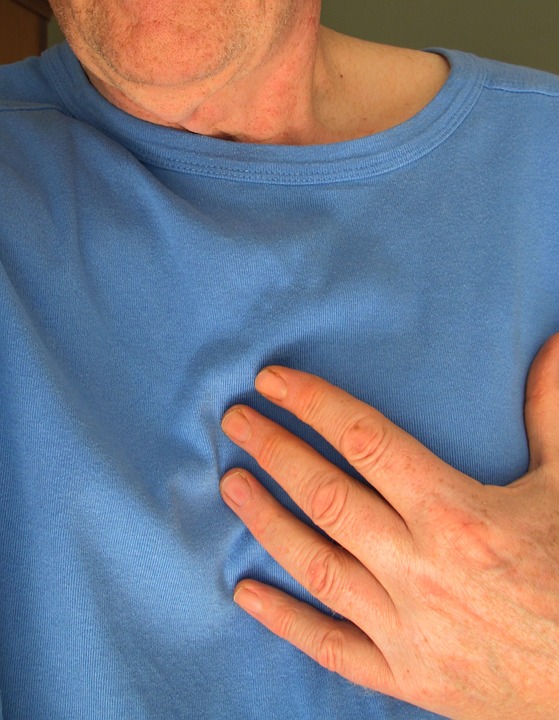Carotid endarterectomy is a surgical procedure to unblock a carotid artery. The carotid arteries are the main blood vessels that supply the head and neck.
Carotid endarterectomies are carried out when one or both carotid arteries become narrowed because of a build-up of fatty deposits (plaque). This is known as carotid artery disease or carotid artery stenosis.
If a narrowed carotid artery is left untreated, blood flow to the brain may be affected. This is usually because a blood clot forms and a piece breaks off and goes to the brain. This can result in either:
a stroke – a serious medical condition that can cause brain damage or death
a transient ischaemic attack (TIA) – sometimes known as a “mini-stroke”, a TIA is similar to a stroke but the signs and symptoms are temporary and usually disappear within 24 hours
Each year around 110,000 people have a stroke in the UK and around a quarter of these are caused by a narrowing of the carotid arteries. More than 5,000 carotid endarterectomy procedures were performed on the NHS between 2011 and 2012.
Carotid endarterectomy can significantly reduce the risk of a stroke in people with severely narrowed carotid arteries. In people who have previously had a stroke or a TIA, their risk of having another stroke or TIA within the next three years is reduced by a third after surgery.
It’s now thought the operation should be performed as soon as possible after symptoms appear. It’s important to seek immediate medical advice if you experience symptoms such as:
numbness or weakness in the face, arm or leg
speech problems
loss of vision in one eye
Read more about when carotid endarterectomy is needed.
About the procedure
Carotid endarterectomy can be carried out using either local anaesthetic or general anaesthetic. The advantage of local anaesthetic is it allows the surgeon to monitor brain function while you’re awake. However, there’s no evidence that either is safer or better.
During the procedure, a 7-10cm (2.5-4 inch) cut will be made between the corner of your jaw and your breastbone. A small cut is then made along the narrowed section of artery, and the fatty deposits that have built up are removed.
The artery is then closed with stitches or a patch and your skin is also closed with stitches.
Read more about:
getting ready for carotid endarterectomy
how carotid endarterectomy is performed
What happens after the procedure
You’ll usually be moved to the recovery area of the operating theatre for monitoring. Most people are well enough to go home within about 48 hours of the procedure.
In most cases, the only problems experienced after the operation are temporary numbness or discomfort in the neck.
However, there’s a small risk of more serious complications, which can include stroke or death in around 3% of cases. Nevertheless, this risk is much lower than in people with carotid artery disease who haven’t chosen to have the operation.
Read more about:
recovering from carotid endarterectomy
risks of carotid endarterectomy
Are there any alternatives?
Carotid endarterectomy is the main treatment for narrowing of the carotid arteries, but sometimes an alternative procedure called carotid artery stent placement may be available.
This is a less invasive procedure than a carotid endarterectomy because it doesn’t involve a cut being made in the neck. Instead, a thin flexible tube is guided to the carotid artery through a small cut in the groin. A mesh cylinder (stent) is then placed into the narrowed section of artery to widen it and allow blood to flow through it more easily.
Carotid stenting is currently thought to be associated with a higher risk of stroke during the procedure, especially if it’s performed in the first few days after symptoms appear. However, it’s a useful alternative for people who may be at a higher risk of complications from an operation.
Read more about carotid artery stent placement.




